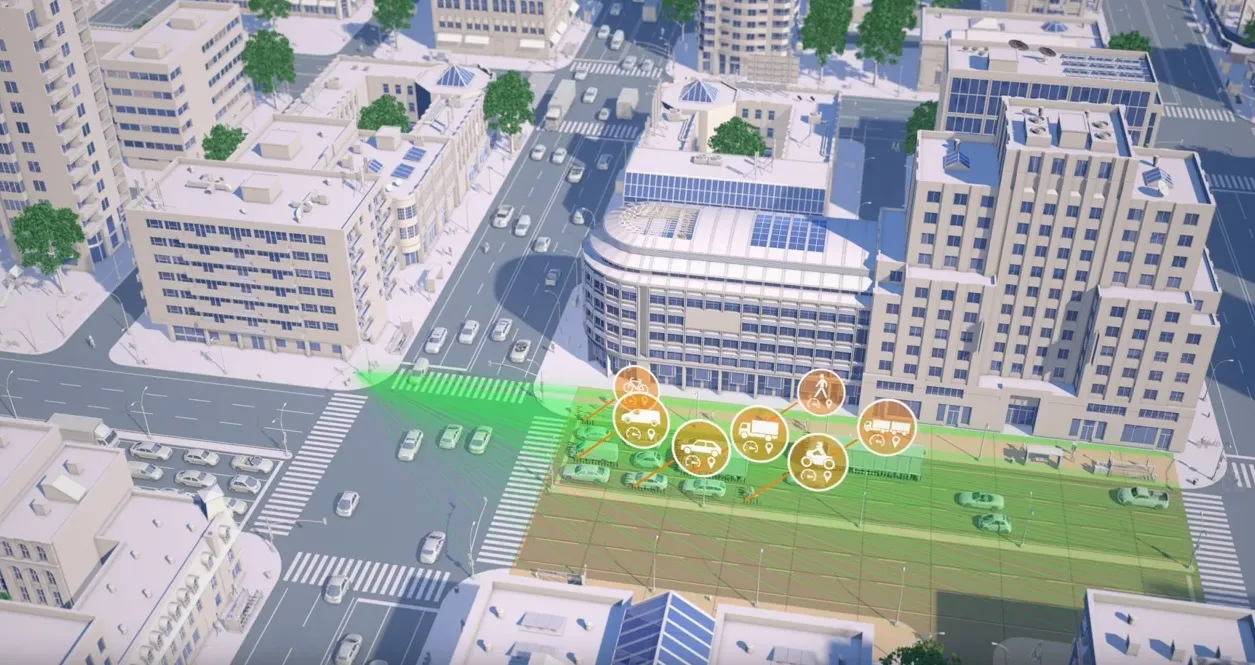Municipalities in the Czech Republic are increasingly deploying smart traffic lights with radar that detects the speed of approaching vehicles and turns the signal red to slow them down to the required speed limit. Currently there are about 100 installations because mayors believe they are more efficient than speed cameras or speed humps. According to one mayor, over 90 per cent of drivers slow down because of the technology. The traffic light system contains a microwave radar sensor which measures speed. I
May 4, 2012
Read time: 2 mins
RSSMunicipalities in the Czech Republic are increasingly deploying smart traffic lights with radar that detects the speed of approaching vehicles and turns the signal red to slow them down to the required speed limit. Currently there are about 100 installations because mayors believe they are more efficient than speed cameras or speed humps. According to one mayor, over 90 per cent of drivers slow down because of the technology.
The traffic light system contains a microwave radar sensor which measures speed. If an approaching vehicle is travelling at lower than 50km/h, the light changes to orange and then green. If it is higher, the light remains red.
"The speeding driver sees the red and the throttles back. Red lasts until the car has achieved the required speed," explains Radomil Saiml Autron, the company which has supplied Czech municipalities with more than fifty of the new traffic lights.
Europe’s increasing use of this technology, which is widely deployed in Spain and Portugal, was the subject of a recent ITS International feature article - Traffic signals turn red to stop speeding drivers – by David Crawford which is available at this link.
The traffic light system contains a microwave radar sensor which measures speed. If an approaching vehicle is travelling at lower than 50km/h, the light changes to orange and then green. If it is higher, the light remains red.
"The speeding driver sees the red and the throttles back. Red lasts until the car has achieved the required speed," explains Radomil Saiml Autron, the company which has supplied Czech municipalities with more than fifty of the new traffic lights.
Europe’s increasing use of this technology, which is widely deployed in Spain and Portugal, was the subject of a recent ITS International feature article - Traffic signals turn red to stop speeding drivers – by David Crawford which is available at this link.









